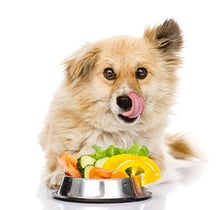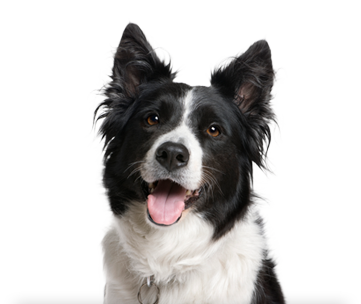We always look after the animals in our homes, but oftentimes, our pets often “take care” of us in ways beyond imagination. Pets are amazing creatures that bring joy and happiness into our lives, so it's important that we treat and take care of them like family.
Whether it's people food or household chemicals, there are several items that your pets may ingest (pets lick floors!). There are many items that are hazardous to smaller animals, and some that are especially dangerous to particular pets. All of them are found in the home.

The kitchen, bathroom, medicine cabinet, laundry room and garage all are areas that contain potential hazards to your house pets. Depending on what kinds of animals you have, your pets either will live in cages or have the run of the house, so figure out where you need to 'pet proof' your home.
Pets get into things! Help your pet’s safety by simply keeping the enclosure away from chemicals or poisons, and being careful not to allow your pet to ingest anything harmful either during playtime or from your own hand. Cats and dogs for the most part come and go as they please, so rooms of the home typically require pet proofing.
The first step of preventing accidental poisoning of your pets is awareness. Several toxins to be aware of are:
1. Plants
Several plants are toxic to your pets. Be aware when cooking or mealtimes that any vegetables in the Allium family (garlic, onion, chives, scallions, and so on) are harmful to animals.
Some exotic plants and popular flowers are also known to be poisonous to curious cats and dogs. These include azaleas, lilies, and coca plants, to name a few.
2. People Foods
Most processed foods aren’t good for even humans, but some people foods in particular, like candy or gum, contain toxic levels of sweeteners for pets. Additionally be aware that alcohol and caffeine affect animals at a much higher rate than they do humans, so be responsible with beer, spirits, and even coffee grounds.
3. Medicine
Just like small children, animals can get into medicine. Whether it’s prescription or over the counter, any pills left laying around may be tempting to pets that are used to consuming treats around the same size.
4. Chemicals
Cleaners and pesticides can pose a danger to your pets when used injudiciously. Rodenticides in particular may be attractive to your pets for the same reason that they attract rodents, so be wary when setting out traps or pellets around your home.
Once you’re aware of the foods and substances that may pose a danger to your pet it’s time to plan. Be sure to have a safe area for garbage disposal so your pets won’t have access to harmful table scraps or pieces that could cause obstructions. Keep all medicines stowed when not in use, and take care when using household cleaners to get rid of all chemicals carefully.
Learn to administer CPR to your pet--for both dogs and cats, hold your pet's snout closed and breath into its nostrils, keeping your mouth around his nose so that the air enters. Gently palpitate his chest with two fingers for smaller animals. Call pet poison control and/or your local emergency vet clinic if your pets are exhibiting symptoms of poisoning, such as vomiting, diarrhea, or dizziness.




